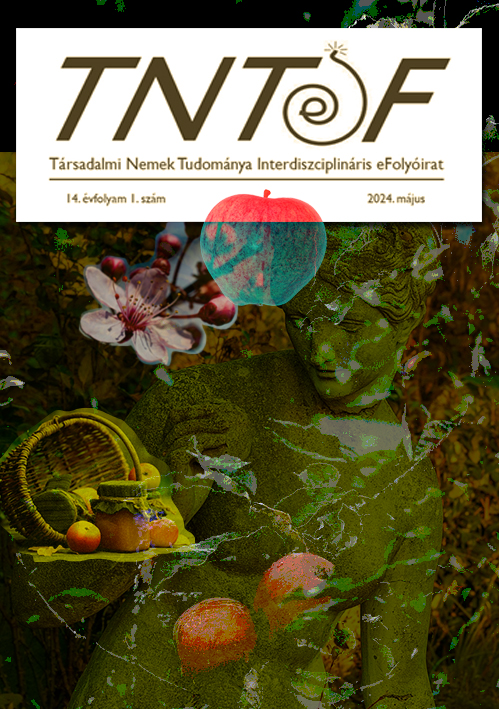Mit akar a nő? Átváltozások Zadie Smith The Wife of Willesden című színdarabjában
Main Article Content
Absztrakt
Zadie Smith The Wife of Willesden (2021) című színdarabjában Geoffrey Chaucer A bath-i asszonyság előbeszéde és meséje című történetét gondolja újra, amely Chaucer XIV. század végén írott Canterbury mesék című művében található. Mivel a darab magyarul még nem érhető el, a tanulmány céljai között szerepel Smith írói stílusának bemutatása a magyar olvasóközönségnek. A színdarab bevezetőjében önreflexív módon elmeséli az adaptáció születését, amely egy véletlen félreértésből keletkezett egy Twitter-bejegyzés és gyenge reptéri Wi-Fi-kapcsolat révén, miként lett ez a helyzet kreatív alkotómunkafolyamattá a Covid19-pandémia idején. A tanulmányban azt vizsgálom, hogyan alakult át Chaucer eredeti története Smith szövegévé, s milyen korabeli társadalmi viszonyról árulkodik a Smith által megváltozott történet főszereplőjének, Alvitának az élete. A modern kori Kilburn városrészben, egy kocsmában meséli el történetét Alvita. Önmagához és a férfiakhoz való viszonyát, identitását gondolj újra: mit akar(hat) az élettől egy nő és mi a nő szerepe a házasság intézményében. A színdarab vegyes kritikákat kapott, amely eltérő kritikai értelmezésekre a tanulmányomban is kitérek.

